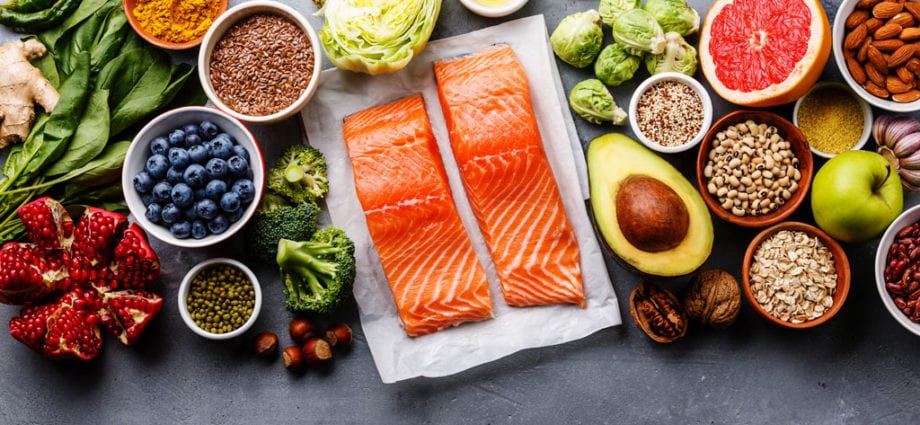Various nutritional guides and specialist information sources suggest eating more “nutritious” fruits and vegetables to help reduce the risks of chronic disease. But before there was no clear definition and list of such products.
Perhaps the results of a study published June 5 in the journal CDC (Centers for Disease Control and Prevention, a federal agency of the American Department of Health and Human Services) will correct this situation. The study was related to the problems of preventing chronic diseases and allowed to propose a method for identifying and ranking foods that are effective in combating the risks of such diseases.
Lead author Jennifer Di Noya, a professor of sociology at William Paterson University in New Jersey who specializes in public health and food choice, has compiled a tentative list of 47 “nutritious” foods based on principles of consumption and scientific evidence. For example, berries and vegetables of the onion-garlic family were included in this list “due to a reduced risk of cardiovascular and neurodegenerative diseases and certain types of cancer.”
Di Noya then grades foods based on their nutritional “richness”. She focused on 17 nutrients “of public health importance from the perspective of the UN Food and Agriculture Organization and the Institute of Medicine.” These are potassium, fiber, protein, calcium, iron, thiamine, riboflavin, niacin, folic acid, zinc and vitamins A, B6, B12, C, D, E and K.
For a food to be considered a good source of nutrients, it must provide at least 10% of the daily value of a particular nutrient. More than 100% of the daily value of a single nutrient does not provide any additional benefit to the product. Foods were ranked based on the calorie content and “bioavailability” of each nutrient (that is, a measure of how much the body can benefit from the nutrient in the diet).
Six foods (raspberries, tangerines, cranberries, garlic, onions and blueberries) from the original list did not meet the criteria for “nutritious” foods. Here are the rest in order of nutritional value. Foods that are high in nutrients and low in calories are listed first. Next to the product in parentheses is its rating, the so-called nutritional saturation rating.
- Watercress (rating: 100,00)
- Chinese cabbage (91,99)
- Chard (89,27)
- Beet Leaves (87,08)
- Spinach (86,43)
- Chicory (73,36)
- Lettuce (70,73)
- Parsley (65,59)
- Romaine lettuce (63,48)
- Collard greens (62,49)
- Green turnip (62,12)
- Mustard Green (61,39)
- Endive (60,44)
- Chives (54,80)
- Brownhall (49,07)
- Dandelion Green (46,34)
- Red Pepper (41,26)
- Arugula (37,65)
- Broccoli (34,89)
- Pumpkin (33,82)
- Brussels sprouts (32,23)
- Green onions (27,35)
- Kohlrabi (25,92)
- Cauliflower (25,13)
- White cabbage (24,51)
- Carrots (22,60)
- Tomato (20,37)
- Lemon (18.72)
- Head salad (18,28)
- Strawberries (17,59)
- Radish (16,91)
- Winter squash (pumpkin) (13,89)
- Oranges (12,91)
- Lime (12,23)
- Pink / red grapefruit (11,64)
- Rutabaga (11,58)
- Turnip (11,43)
- Blackberry (11,39)
- Leek (10,69)
- Sweet potato (10,51)
- White Grapefruit (10,47)
In general, eat more cabbage, a variety of lettuce leaves, and other vegetables and get the most out of your meal!
A source:
Centers for Disease Control and Prevention










